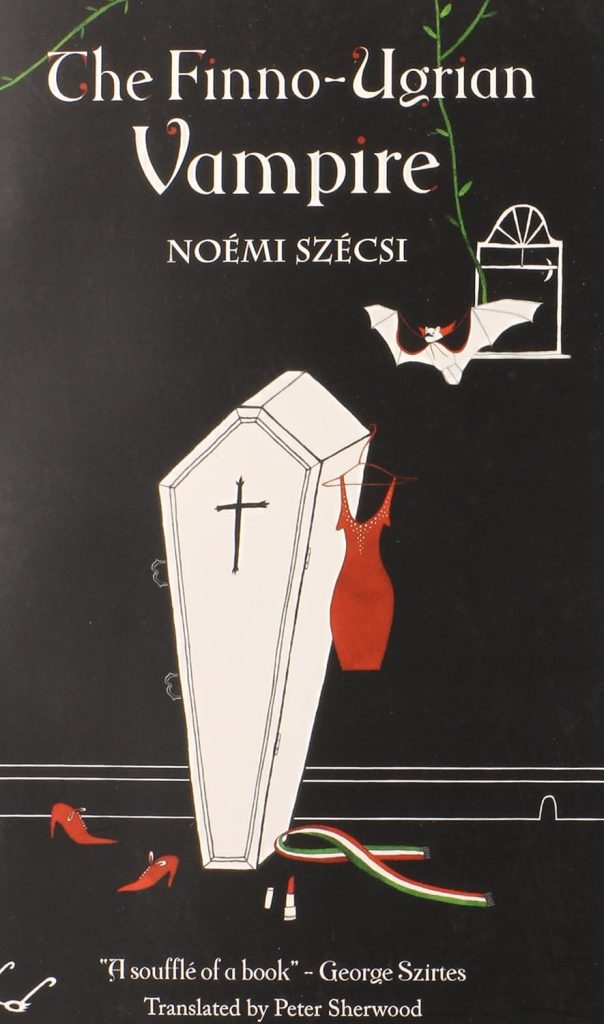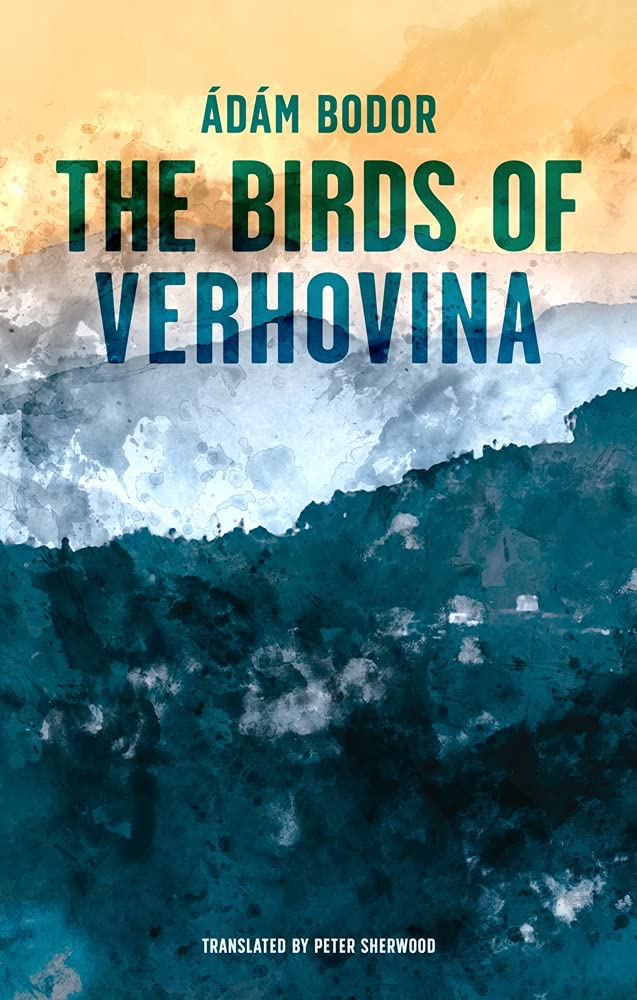

“Translating (SF) from Hungarian”
by Peter Sherwood
My first translations from Hungarian appeared in my school’s magazine in the late 1960s and the most recent last month, so I have quite a lot of experience and thus quite a lot to say, about translating from Hungarian into English. And I taught Hungarian at universities in Britain and the US for more than 4o years. So: I’m glad you asked me that… and I hope you won’t regret asking…
Hungarian (Magyar) is spoken by over ten million people in the heart of Europe (and more elsewhere) and is genealogically unrelated to the languages that surround it, being Uralic (an earlier, less accurate term used was Finno-Ugric/Finno-Ugrian) while the neighbouring languages all belong to major branches of Indo-European — the language family to which English also ultimately belongs. The differences are not just in vocabulary — though of course the monosyllables forming Magyar’s core resemble nothing else spoken on the planet — but especially in language type. Magyar is an agglutinating language, which means that it mainly uses straightforwardly segmentable endings on its words to convey its grammar, whereas English, say, typically uses word order. In ‘Jack loves Jill’ it is the fact that Jack is positioned in front of ‘loves’, and Jill after it, that tells us who loves whom. Other sequences of these words are not grammatical, or if they are (as in ‘Jill loves Jack’), they mean something else. In Magyar you must put an ending — actually, rather in the way that the -m is added (or, at least, used to be added) to ‘who’ in ‘whom’ — to indicate who is being loved, which leaves ALL the other possible sequences of the three words grammatically permissible and hence used indicate more delicate variations about the information; to convey these in English would be impossibly clumsy-sounding (‘It is Jill (and not someone else) that Jack loves’; ‘It is Jack (and not someone else) that loves Jill’; ‘It is loving (and not some other activity) that Jack “does” to Jill’; and so forth.) You can immediately see why this can be a big problem for the (literary) translator to convey accurately yet smoothly.
In terms of the other major system in language, that of the verb, Magyar has only two basic tenses, past and non-past, a conditional mood, and several secondary ways of referring to the future, whereas English has — well, lots and lots of regular verbal forms. Compare Magyar with what amounts to ‘I go, I went, I would go’, with this range: ‘I go, I am going, I went, I was going, I did go, I have gone, I have been gone, I had gone, I had been gone, I had been going, I will go, I will be going, I will have gone, I would go, I would be going, I would have gone…’ Enormous care is needed in translating from Hungarian into English in this area especially, and even Hungarian speakers who have spent decades in an English-speaking environment may not be able to render English verbal forms accurately.
One really big difference in language type is that Magyar lacks the notion of gender entirely. It’s not just that it does not classify nouns in terms of masculine or feminine (like French) or masculine, feminine and neuter (like German), or English (which used to be like German). Unlike the three languages mentioned, it actually has only a single word to cover both ‘he’ AND ‘she’. In any case, the six personal endings on the verb forms are generally sufficient, so personal prounouns like ‘I’ and ‘you’ and ‘(s)he’ are not much used. This rarely presents a problem in everyday life, which is never context-free, but in literature, where it is the author who creates the context, it may well. For example, in Noémi Szécsi’s SF novel The Finno-Ugrian Vampire, which the author wrote mainly in Finland while studying Finnish — a language typologically very similar to Magyar in terms of pronoun use — she exploited this feature of the grammar to (try to) prevent the reader from identifying the gender of the eponymous vampire. In fact, in my 2012 translation I found I could avoid using a pronoun much of the time, but on occasion I couldn’t — and then opted for ‘she’. However, my reason for this was that the vampire’s name is Jerne (pronounced almost like ‘Yearner’, one who yearns) and, whether the author (and her Hungarian readership) was aware or not, this is in fact an older Hungarian form of Irene… We had a bit of a tussle over this issue, but ended up on the best of terms and in the end Noémi was happy with my version overall. On the other hand, in Edina Szvoren’s collection Sentences on Wonderment (2024), in the short story “Csemete”, which can mean ‘young plant’ or ‘young child (of either sex)’ or even ‘(youngish) pet’, the story deliberately prevents the reader of the Magyar from identifying the protagonist, so in my co-translation (with Erika Mihálycsa), in order to avoid using ‘he/she/it’, I invented a name for (the) csemete, ‘Spriggie’, which we used whenever a pronoun was demanded by the English. This may be a little clunky in places, but where it is, it does force the reader of the translation to reflect on who or what Spriggie, and Spriggie’s gender, might be in a way analogous to the original.
Moving from a short story to one of the great novels of our time: Ádám Bodor’s extraordinary The Birds of Verhovina, which I translated in 2021, has just been voted the sixth most important Hungarian novel of the twenty-first century, yet his breakthrough The Sinistra Zone failed to attract much attention in English, as Ágnes Orzóy’s masterly analysis of this superficially fluent translation’s delicate but fatal flaws reveals (“Reading Ádám Bodor’s Sinistra körzet [‘The Sinistra Zone’] in English”. Hungarian Cultural Studies, the e-journal of the American Hungarian Educators Association, Vol. 11 (2018), 104-119.) In fact, all Bodor’s work is highly SF-relevant. In terms of location, for example, the place-names — some ‘real’, some invented/borrowed/distorted — suggest the multilingual and multiethnic eastern periphery of Europe (or perhaps it could be called the western periphery of Asia? There is at least one ‘real’ Ver(k)hovina in present-day Ukraine…). The personal names, too, are likewise similarly hard to pin down, certainly deliberately disorienting (diswesterning?). Ultimately, however, as its subtitle (Variations on the End of Days) suggests and like many of the greatest books, Verhovina is about us and about now: one of the most compelling and immersive accounts of decline (moral and physical), environmental degradation, loneliness and geographical isolation that has ever been written. And humorous, too.
I am hoping to translate more of Bodor’s SF soon: a selection of his short stories is — fingers crossed — in the works.
Peter Sherwood
London
10 October 2024
